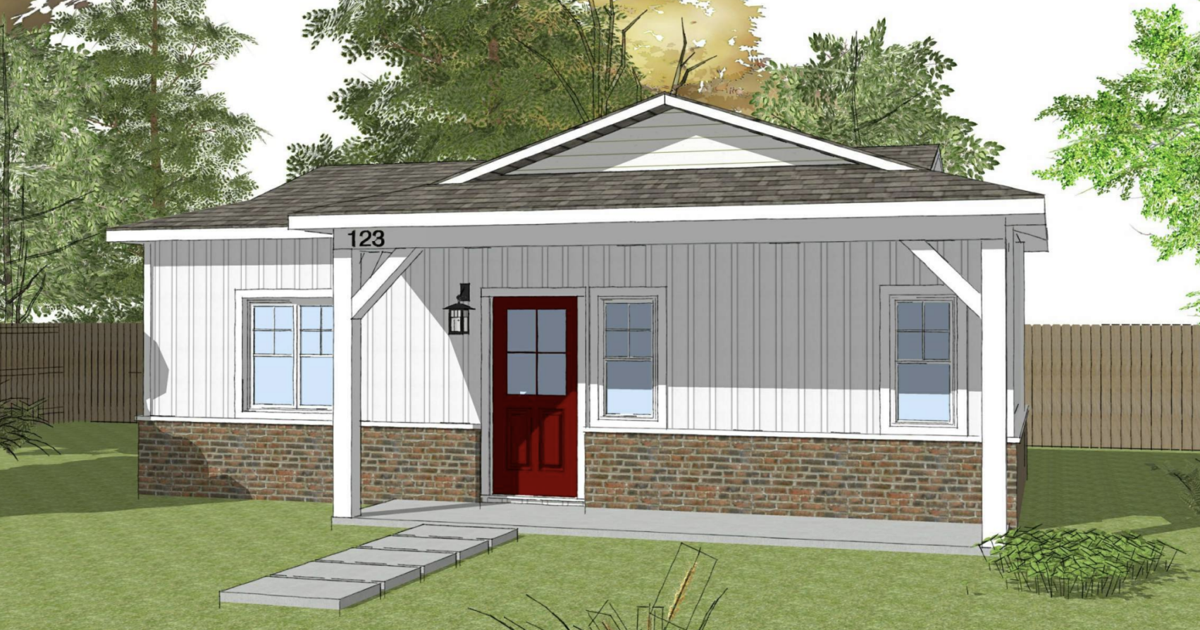During its Monday, March 4 meeting, the Carpinteria Planning Commission discussed and approved amendments to the city’s Accessory Dwelling Unit (ADU) and Junior Accessory Dwelling Unit (JADU) ordinance, bringing Carpinteria’s municipal code up to date with recent changes in state law.
These amendments – which include height and solar energy requirements – will now go to the Carpinteria City Council for approval at a later meeting.
Megan Musolf, the city’s new assistant planner, provided a breakdown on Monday for the commission on the ADU and JADU regulations and the proposed amendments to height and affordability requirements.
The city of Carpinteria’s ADU ordinance dates back to August 2022, when the planning commission approved a draft and recommended the city council adopt the program. In January 2023, city council officially approved the ordinance, which included two pre-approved plans for residents to choose from to allow for a quick trip through the review process. Since its adoption, at least 25 ADU and five JADU applications have been submitted in Carpinteria, staff said.
But new state laws passed in 2022 and 2023 regarding ADUs went into effect, prompting a few recommended updates from Carpinteria’s Long-Range Planning Division.
These “laws of interest,” Musolf explained, include two state bills and three assembly bills that increase the height restrictions for ADUs; prohibit limits on front-facing setbacks; and require local jurisdictions to allow pre-approved plans prior to 2025.
While the city was already ahead of the curve with pre-approved plans, the commission supported the recommended updates regarding requirements for solar energy and maximum heights for ADUs.
Under the new language of the ordinance, ADUs can be built at the same height as primary dwelling – as high as 30 feet in some cases – and up to 25 feet if the property is within a half-mile of the Amtrak station or if the ADU is attached to the primary dwelling. If the ADU is proposed for a lot that already has multi-family multi-story housing, it can be up to 18 feet tall.
All five members of the commission supported the changes regarding height requirements and solar energy, though Commissioners John Moyer and Jane Benefield pointed out that the laws seemed to be written for big-city problems and not intended for smaller places like Carpinteria.
“It’s designed for cities, and in small towns, it’s gonna make it really hard,” Moyer said.
The commission chose not to move forward with other recommendations that would have incentivized affordable ADUs and allowed property owners to potentially subdivide and sell their ADU separately from the primary dwelling as a condominium.
The affordability incentives would have provided a streamlined “fast-track” process and reduced processing fees for applicants that voluntarily deed-restricted their ADUs for low-income renters. While the city cannot require that ADUs be affordable, Community Development Director Nick Bobroff explained that incentives could encourage the building of more affordable units while also meeting goals outlined in the city of Carpinteria’s Housing Element.
Commissioner David Allen said that the incentives – particularly the potential fee reductions – were more of a “budgetary consideration” that should be decided by the Carpinteria City Council. The rest of the commission agreed that the matter should be discussed more in-depth at a later date, though Commissioner Benefield wanted to make it clear that any affordability requirements should be targeted towards those who need it the most.
“When you say affordable, it has to be low-income – not moderate,” Benefield said.
The commission did not support the idea of “separate conveyance,” which allows property owners to sell ADUs as condominiums. Bobroff described the process as “overly complicated”; it was based on a state law intended to create a pathway to homeownership for lower-income families.
The only other change came from a recommendation by the California Housing Defense Fund (CHDF), a nonprofit that advocates for cities to help solve the state’s housing shortage by complying with all applicable state laws. The CHDF submitted a letter of public comment pointing out that the city should also update language regarding ADUs in commercial spaces.
In response, the city’s legal staff recommended that the ordinance make it clear that the city would not consider any applications that would convert commercial floor space to ADUs.
In a unanimous vote, the commission moved forward with a recommendation that the city council implement the amendments to the ADU code reflecting California’s ADU and JADU law. If approved on first hearing by the council, the draft would go to the California Coastal Commission before returning to the council for a second reading and final approval.





